How to Wear Orthodontic Rubber Bands with Braces
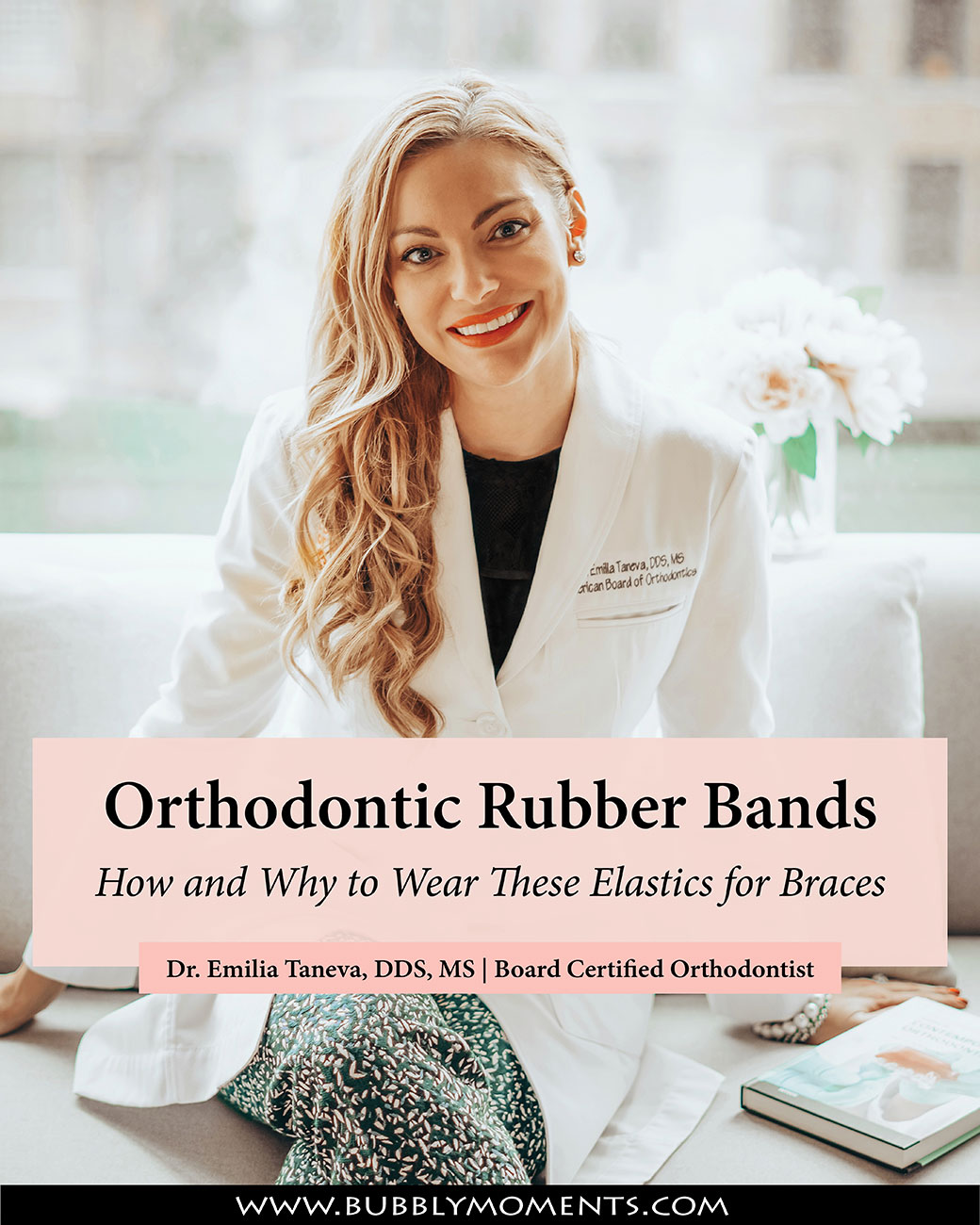
If your orthodontist recommends elastic bands for braces, it’s often confusing. You may wonder: how can rubber bands help with my teeth straightening?
Well, it’s important to remember these are orthodontic rubber bands. They are not the same as the rubber bands you buy in the office supply store. In fact, they’re important tools we can use to correct several issues with your bite. And, today, I’ll explain the right way to wear rubber bands with braces. Using these tips, you can speed up your journey to the smile of your dreams.
What Are Elastic Bands for Braces?
Orthodontic rubber bands are different. These rubber bands, also called elastics, are small. They’re designed to hook onto your braces. And they connect your top brackets to your bottom ones.
You also have rubber bands that connect your brackets. These bands come in different colors. That helps to make teeth straightening more fun for children of all ages. These rubber ties can only be switched out by your orthodontist. Which we’ll do at every in-office visit. That’s why you won’t have to worry about placing them yourself when at home.
So, which rubber bands do you have to apply at home? Sometimes, you’ll hear these rubber bands called inter-arch elastics. But whatever the name, these elastic bands for braces are used for one of three reasons:
How Should I Wear Orthodontic Rubber Bands?
The elastic bands for braces are designed to attach to the little hooks on your braces. The rubber bands come in different sizes and strength. Your orthodontist will pick the proper rubber band for the problem you’re targeting.
How long will you spend wearing elastics? The time you spend in rubber bands depends on your bite issues or teeth straightening needs. If you’re working on moving your teeth or your bite, you’ll most likely have to wear your rubber bands full-time. In fact, you’ll only remove them to eat or brush your teeth.
But if your bite is already aligned, you may only need to wear your rubber bands at night. Remember to wear your elastic bands for braces for as long as your orthodontist recommends. If you skip out on even a few hours a day, it could compromise your treatment time.
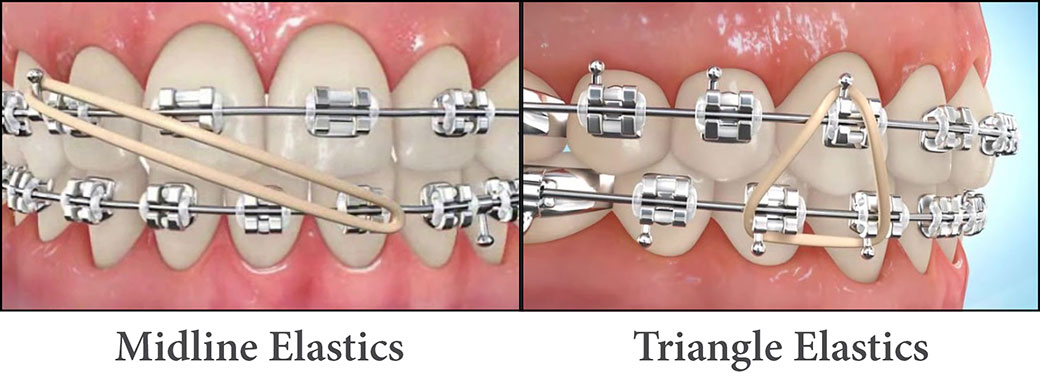
Fixing Bite Problems with Rubber Bands for Braces
There are different sizes and strengths of orthodontic rubber bands. Your orthodontist will pick the size that works for your specific bite issues. If you have an increased overjet or overbite, you’ll hook rubber bands from the front teeth, on your top arch. Aim them towards your bottom teeth, near the back of your mouth. This pattern helps pull your bottom teeth forward, while pulling back on your top teeth. Over time, this should help correct your overbite.
Now, if you have an underbite, your rubber band pattern will look different. With this bite issue, your bottom teeth stick out too far. As a result, you’ll hook the rubber bands near the back of your mouth on your top teeth. Then you’ll stretch the bands and hook them near the front of your mouth on your bottom braces. This pattern pulls your top teeth forward. At the same time, it moves your bottom teeth back to improve your bite.

Next, let’s look at using rubber bands to correct an open bite. This is when your top and bottom teeth don’t touch. Here, attach your rubber bands to the bottom hooks directly beneath the top brackets. Your orthodontist will probably recommend using a triangle shaped pattern with your elastics. This should help close the gap between your top and bottom teeth.

Changing Your Orthodontic Rubber Bands
If you’re wearing your rubber bands all day, you might wonder when to swap out these elastic bands for braces. Well, as I mentioned, you’ll still have to remove orthodontic rubber bands when you eat or brush your teeth. And that’s a great time to put in a new pair of elastics.
Why do you have to change your rubber bands at all? Because, as it turns out, these elastic bands get stretched and become less effective. So, if you don’t swap them out for a new pair, your treatment won’t be as effective.
You should also avoid rubber band breaks that last too long. Which means putting your rubber bands back on as soon as you finish eating or brushing. This step is important. Elastic bands for braces only work if they apply constant pressure to your teeth. And that pressure has to last for a long period of time. Because of this, even a few hours without your rubber bands could delay the results you’re hoping to see!
When it comes to your rubber bands, there’s one key rule. Follow your orthodontist’s instructions about how often to wear your orthodontic rubber bands. If you’re supposed to wear them full-time, it’s vitally important that you do so.
Top Tips for Securing Elastic Bands for Braces
If attaching your orthodontic rubber bands sounds scary, don’t worry: it’s easier than you think! I always suggest that you look in the mirror when attaching your elastics. Use your thumb and pointer finger to get a good hold on your rubber band.
Next, bite down and keep your teeth as close together as they can get. Doing so means your elastics will stretch more once you’ve got them attached. After biting, use your fingers to guide the band to its spot on your top braces. Once that’s in place, pull the elastic to the proper hook on your bottom braces, and you should be all set.
Having trouble getting everything in place? Mention your challenges to your orthodontist! We have tools, such as special plastic hooks, that make it easier to attach your elastics. But we can also guide you through the process a few times in the office. That way, you’ll feel confident about attaching your rubber bands at home. After that, just wear your rubber bands for as long as you can. And you should be well on your way to getting that smile you’ve always dreamed of.
Did you have to wear orthodontic rubber bands with braces? How was your experience with them?Comment Below!

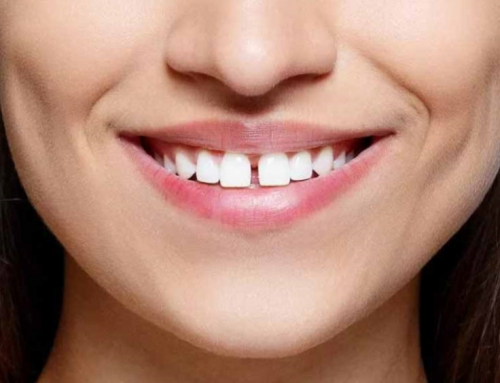
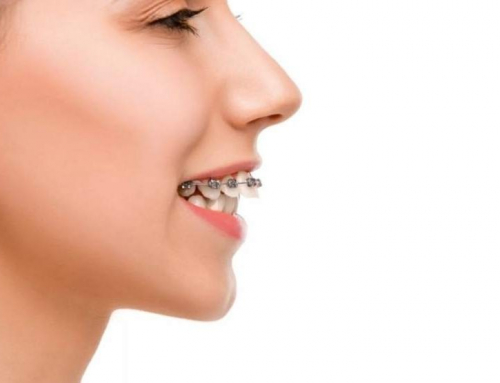
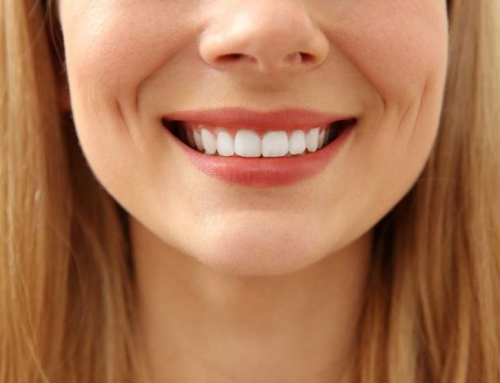
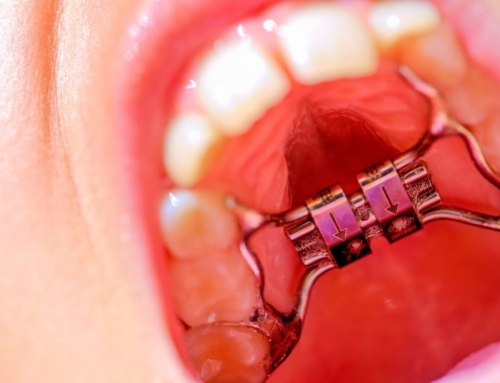
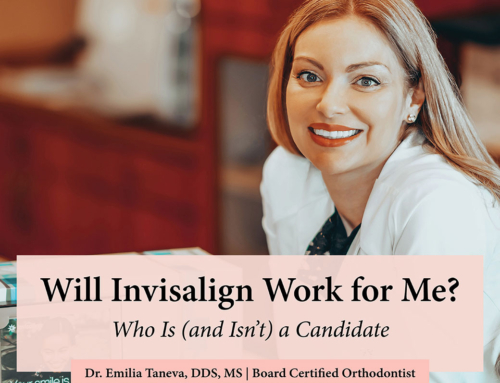
Leave A Comment